Reality Check
How augmented reality is ticking all the boxes for the process sector. Simon Clarke, Director at Orema demonstrates his latest technology to Neil Clark
AUGMENTED reality is so ingrained into popular culture, I’m not sure where to start the comparison. In the 1980s, RoboCop used AR to remind him of his mission objectives, while in the 90s Schwarzenegger scanned his surroundings to identify targets for termination. Ten years later, all Iron Man had to do was ask an assistant at his control centre for maps and real-time information to be sent over.
Flash forward to the current day, and I’m standing in front of a distillation column at Teesside University doing all of the above, minus the termination.
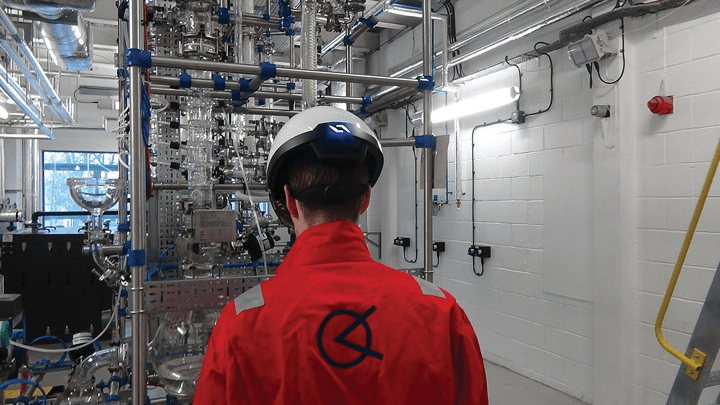
New way of seeing things
When Simon Clarke, director of Orema, first invited me to see his attempt at bringing AR into the process industry, it was incredibly exciting. When he first handed me the slick, shiny helmet with its intensely cool green visor, needless to say, that excitement intensified. However, when I slid it over my head and opened my eyes to a new reality, well, it was a bit awkward.
“Simon, is it supposed to look, erm, a bit fuzzy?” I asked after about a minute of trying to make out what I was seeing. Clarke’s beaming face froze, before he whisked the helmet away and held it in front of a barcode attached to the column’s scaffolding, for calibration. When I put the helmet on this time, the difference was immediately clear.
The column in front of me was suddenly adorned with labels, such as T202 Thermosyphon Vessel and T207 Distillate Receiver. Clarke had given me a paper P&ID for comparison, and I looked for E205 Distillate Cooler, which I already knew was about a metre above my head. It took quite a while to find.
As I looked back up at the equipment, admiring the absence of any brain-frazzling lag in the labels’ movement, a menu followed my field of vision. It said: “inspect equipment using the overlay”, so I did. Beneath this text was a “next” button, so I moved my head very slightly to hover a cursor in the middle of my vision over it. New text appeared, telling me to “confirm drain valve V201 is closed.” At the same time, a green arrow appeared, hovering over said valve. I’d only been using the headset for a couple of minutes, and was already completing a protocol I knew nothing about.
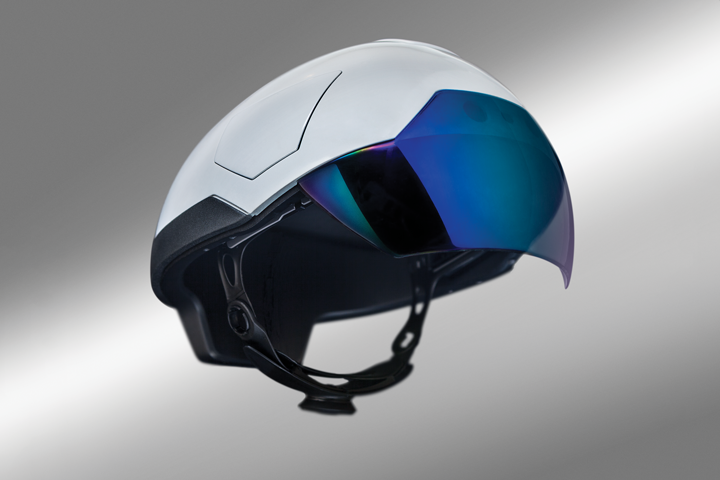
Smarter safety helmets
“Augmented reality is all about having a computerised layer of vision on top of our normal vision,” said Clarke. “That can give us many benefits in the workplace from supplying instructions to the user to aiding in various activities from maintenance inspection – it can even help out in training. Giving the information, to be used in context with a situational awareness, is key to what we do.”
Orema does not make the AR headset itself, which was purchased from a company called Daqri after Clarke read about it in issue 897 of this very magazine. Instead, Orema is one of the first to design software and undertake small proof-of-concept projects specifically for the process industries.
Orema does not make the AR headset itself, which was purchased from a company called Daqri after Clarke read about it in issue 897 of this very magazine
“The process sector is no different to any other industry,” he says. “We are all looking for efficiency gains, everybody is under so much pressure to improve efficiency, reduce costs and make things safer at the same time – we believe that this technology ticks all three boxes. So if we can start to prove real, useful cases for the technology in the environment we are in then hopefully we can implement that into the process sector.”
Clarke initially founded the company, which is based in both Teesside and Aberdeen, with offshore applications in mind, but has since realised it can contribute to onshore companies, as well as to manufacturing, rail and construction industries.
“We can start to log information to give us a more accurate idea of what’s going on in our interventions, in our human activity,” Clarke says. “We’ve seen a lot of use for the potential for maintenance, and for things like isolation. We envisage that we will have operators wearing this kind of technology, and someone in a support centre who will help supply information to them, and help them out with the admin work as well. It doesn’t make sense for the people – maybe they are offshore on a platform – to be doing that admin when someone onshore could be doing it.”
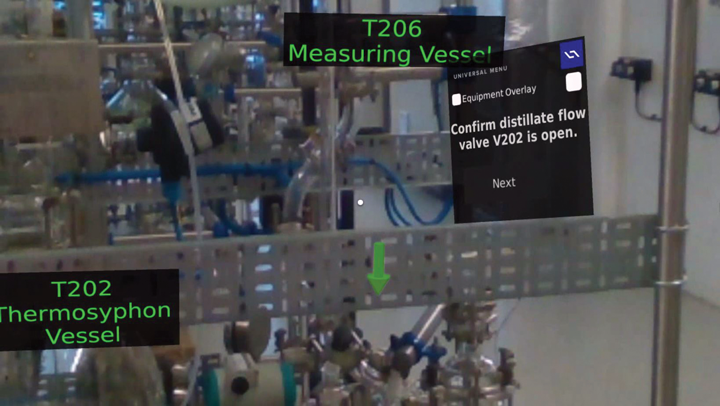
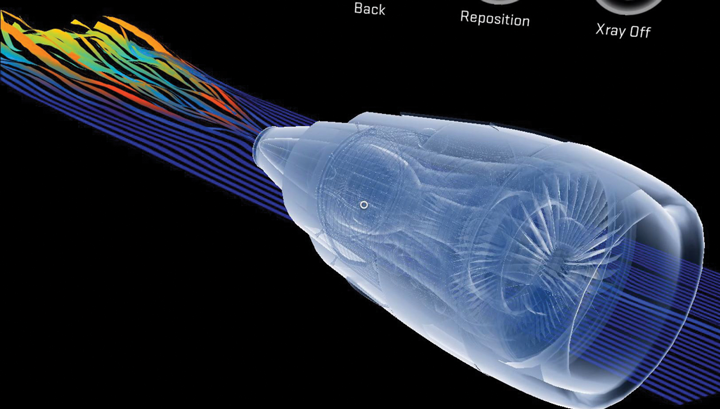
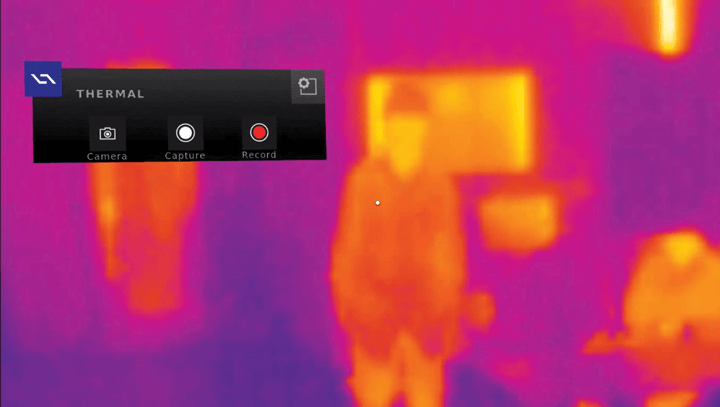
The technology’s power stems from its flexibility in not only providing hands-free information to workers, but in reducing human error – which is at least partially responsible for some 80% of incidents. Taking steps to reduce this is especially important at a time where, according to Process Safety in the 21st Century and Beyond, published by the IChemE Safety Centre, safety incidents are not decreasing over time, and steps must be taken to reduce the repetition of previous failures.
“Safety is something the technology can improve. Trying to automate the procedures has its advantages because we can now track things much better. And then all this information can be analysed – we’ve never had this analysed before, so that’s now available to overlap with, maybe, information from a controller. So we’ve got alarm and event data from a controller, but now we’ve got the intervention data from a human, so for every incident we have, or maybe plant disturbance, we can overlap and start saying, well, what’s different? What has changed from the previous time something happened?”
Orema is currently targeting smaller and medium-sized companies to find good use cases, which can then be carried out with proof-of-concepts at Teesside.
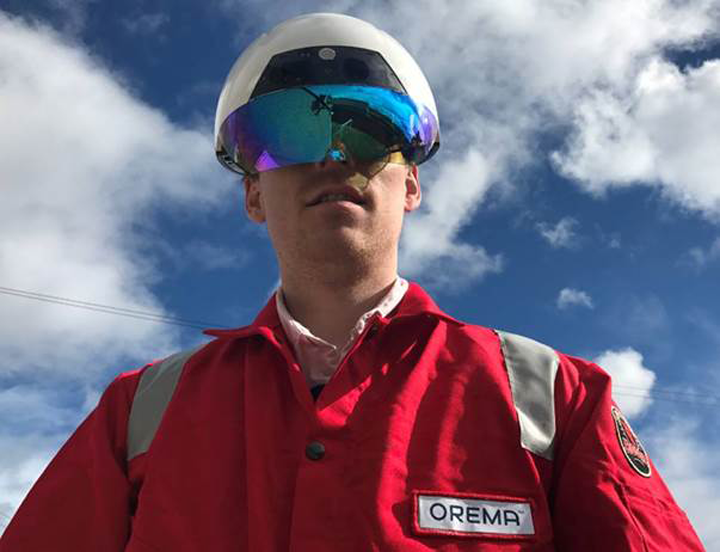
We envisage that we will have operators wearing this kind of technology, and someone in a support centre who will help supply information to them, and help them out with the admin work as well
“I think one good thing about what we have here is you probably couldn’t get this close to a real environment anywhere else. We have control systems, we have a plant, and we have almost a mini operation centre here which is perfect for the technology,” he says. “Various sectors can come around and have a think about how they want to implement it, but ultimately it will involve some kind of test of software, hardware and people – and this is where we come in. So rather than going out and hiring a whole lot of people and buying a whole load of kit, we can come in and almost be that piece of the jigsaw that would otherwise cost a lot of money and time. We bring it all in one piece and that’s what we hope to provide to industry.”
Safety is something the technology can improve. Trying to automate the procedures has its advantages because we can now track things much better. And then all this information can be analysed
With a tilt of my head, I explore the other modes loaded onto the headset. First, a jet turbine appears in the middle of the room for me to inspect. I walk around it, stooping to look underneath. Next, I turn the infra-red vision on, and my world becomes a mass of purples and oranges. I can see the heat from some Teesside University students, who are helping with the programming and testing. Behind them is a hot water pipe on the wall – a potential hazard if an operator touched the line without protective gloves.
Fortunately for me, as I was also there to make a video for thechemicalengineer.com, the headset also records sound and images. Check out my video on the website for a glimpse into a world that is no longer science fiction.
Watch the video at: http://bit.ly/2lTcSsS
Recent Editions
Catch up on the latest news, views and jobs from The Chemical Engineer. Below are the four latest issues. View a wider selection of the archive from within the Magazine section of this site.




